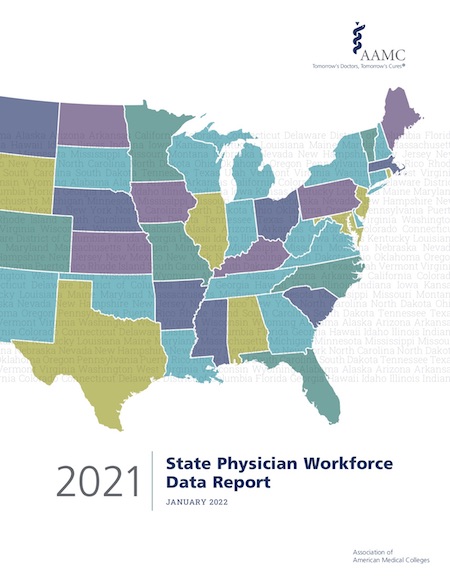 A new report by the Association of American Medical College offers a snapshot of the physician workforce by state. The report includes data on the race of the physician workforce in each state which can be compared to the racial/ethnic population of each state.
A new report by the Association of American Medical College offers a snapshot of the physician workforce by state. The report includes data on the race of the physician workforce in each state which can be compared to the racial/ethnic population of each state.
Nationwide, Blacks make up 5.3 percent of all practicing physicians. The 2020 Census estimates that Blacks are 14.2 percent of the total population.
Blacks are 10 percent or more of all practicing physicians in the District of Columbia, Georgia, Mississippi, and Maryland. Georgia fares far better than most southern states. Blacks make up 31 percent of the population and 16.3 percent of the doctors.
In South Carolina, Blacks are 25 percent of the population but only 6 percent of the doctors. In Louisiana, Blacks are 31 percent of the population but only 8 percent of practicing physicians.
The racial gaps are not restricted to the southern states. In New York, Blacks are 15 percent of the population and only 5.7 percent of the doctors. In Michigan, Blacks are 14 percent of the population and 5.1 percent of the doctors. In Pennsylvania, Blacks are 11 percent of the population, while Blacks make up only 4 percent of the physician workforce.
In Idaho, Montana, Wyoming, and Utah, Blacks are less than 1 percent of all practicing physicians.











If the Association of American Medical College (AAMC) seriously wanted to significantly increase the number of “Native born Black American” doctors they entire educational landscape would have to change their expectations for Black students from K-12, undergraduate, and graduate school.
More important, those numbers could easily change if the entire so-called Black community would value academic achievement and goals in the same manner as many do with entertainment, professional sports, and purchasing trendy clothes and cars.
Wow. Someone’s salty
I know one thing. The suicide rate for physicians is more than twice that of the general public. The burn out rate in medicine is high, and there is a lot of dissatisfaction in the medical profession in general.
Hey David,
You need to seriously work on your reading comprehension skills. Your entire dimwitted comment had NOTHING to do with the article. My question to you “david” (lowercase ‘d’ intentional) is “what is the suicide rate for Black American doctors”? Can you understand that “david”?
The White community represents almost 80% of the US population and only 56% of all medical professionals. That lower rate would also suggest that they do not value medicine nearly as much as other things such as practicing White supremacy in all 9 areas of human activity, that they almost ALL participate in, and child pornography where they represent over 70% of the aficionados.